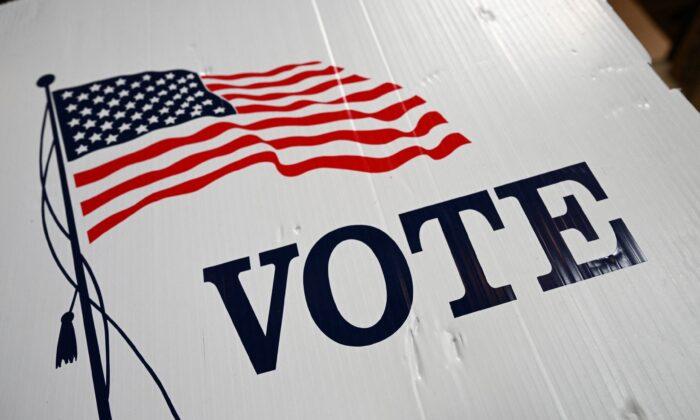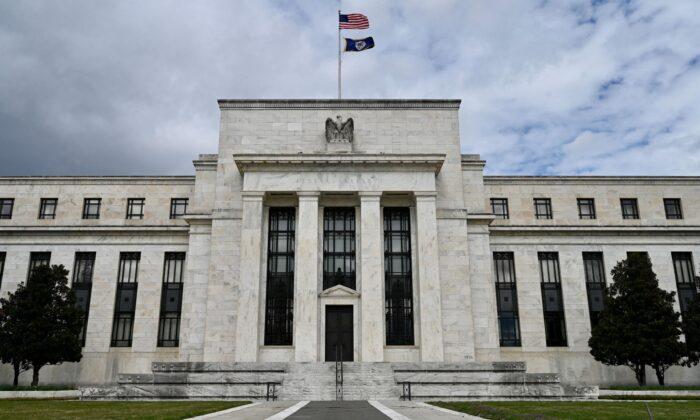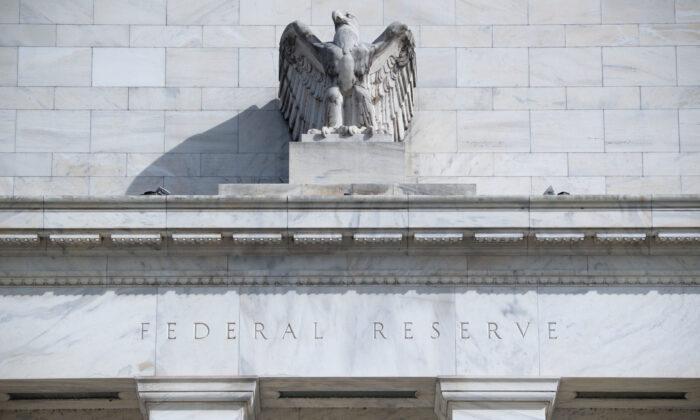“Before you hit the panic ‘Sell Everything’ button, though, it’s worth considering at least one bullish catalyst on the horizon—voters head to the ballot box on November 8th.
“The data is clear: Midterm elections are historically bullish for the stock market.”
While garnering less attention than a presidential election, midterm elections are important because they could lead to a change in control of the U.S. Senate and House of Representatives. Such can significantly impact policy, laws, and foreign relations. Historically, markets tend to favor “gridlock” in Washington as it dramatically reduces the risk of an adverse policy change regarding taxation, geopolitical conflict, or substantive changes to spending and debt.Since 1950, there have been 18 midterm election cycles, and in the 12 months following each of those cycles, the stock market has had positive returns. Over the subsequent 12 months, stocks delivered an average annualized gain of 18.56 percent compared to just 10.6 percent over all other years.
Over a more extended 24-month period, stocks returned an average of 33.7 percent after a midterm election.
However, while the data above go back to 1958, the last time the S&P 500 Index produced a negative return over the 12 months following a midterm election was 1939. Of course, there was a massive economic contraction and uncertainty at that time as the United States battled the Great Depression and World War II began in Europe.
Getting Back to Even Is Not the Same Thing
There are a couple of caveats to this analysis that must be considered. The first is that while returns tend to be positive post-midterm elections, there were several times when they coincided with when the midterm elections fell. The chart below shows the S&P 500 with the years of midterm elections marked and significant events.For example, in 1966, 1970, and 1974, the midterm elections coincided with the bottom of the three recessionary bear market cycles. Coincidence? Probably. More important, on a longer-term basis, returns on a buy-and-hold basis were negative as the secular bear market continued. We see the same effect between 1998 and 2014: midterm elections yielded positive short-term results, but long-term returns were near zero.

The second caveat to the historical data is the difference between making money and getting back to even. While the mainstream analysis suggests investors should buy the midterm elections for positive 12-month returns, most are already invested. In a year where the midterm elections fall in the middle of a bear market, like 1974, 2002, or 2022, most investors used those returns to “get back to even.”

The Difference This Time May Be the Fed
While the history following midterm elections is bullish, there is a difference this time that could produce a less-than-optimistic outcome. That difference is Federal Reserve and its current fight against inflation. We previously discussed the “lag effect“ of monetary policy and its impact on economic growth and earnings. To wit:Currently, the Fed is still tightening monetary policy to further slow economic growth. As shown, when the Fed has previously stopped hiking rates, forward stock returns tended not to be robust.

Another difference is that previous market lows, which coincided with bear markets and midterm elections, were low valuations. Despite the market decline in 2022, valuations remain elevated relative to historical market bottoms.

Given the more extreme negative market sentiment, a substantial rally is undoubtedly possible through year-end and early 2023.
However, we suspect following that, the market environment will become more challenging. Particularly as the Fed’s monetary tightening becomes more evident in slower economic activity, declining inflation, and slower earnings growth. If that is the case, asset prices, and ultimately valuations, will need to drop before the final market low.
The good news is the negative backdrop will pass, and longer-term returns will become evident. Of course, to participate in the next bull market, you must ensure you survive the bear market.






